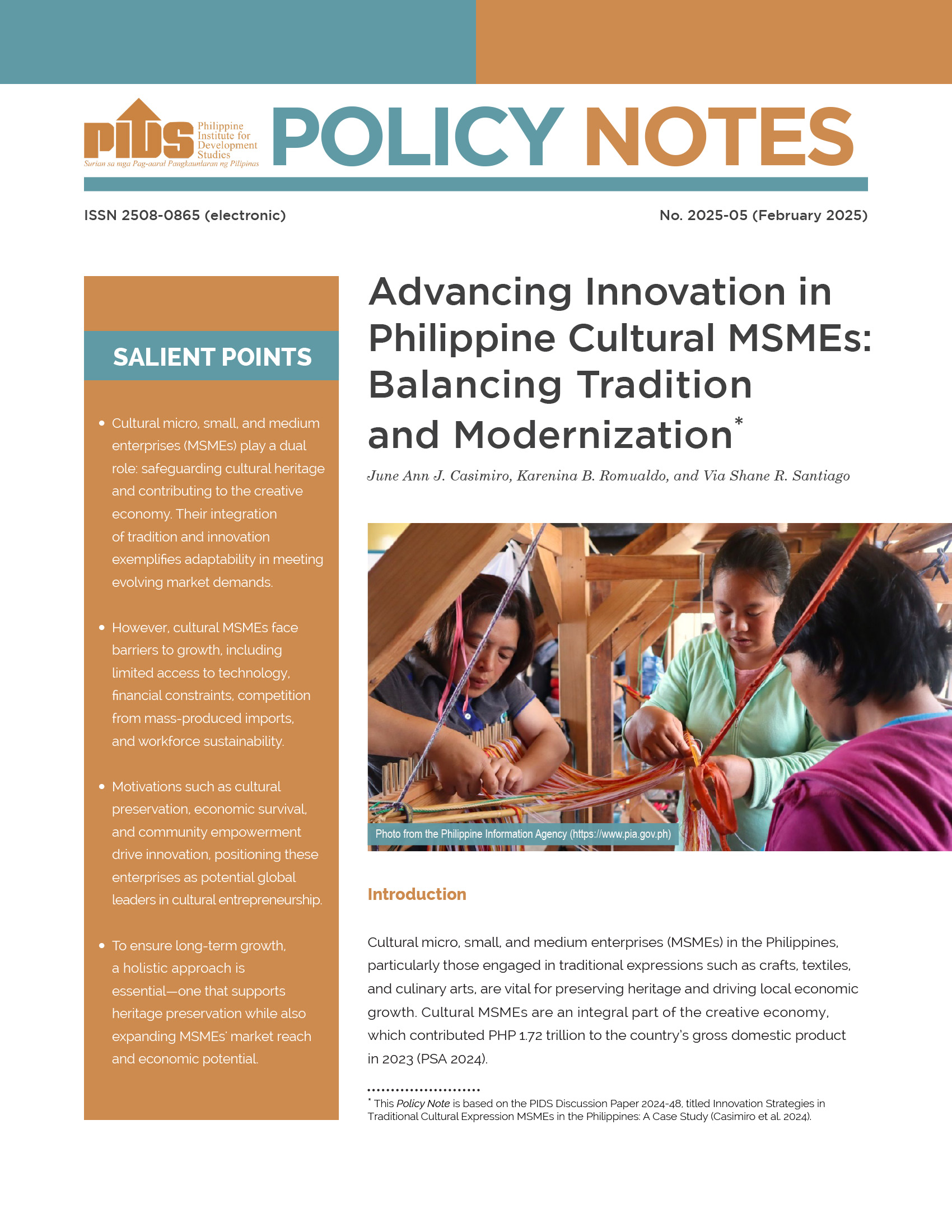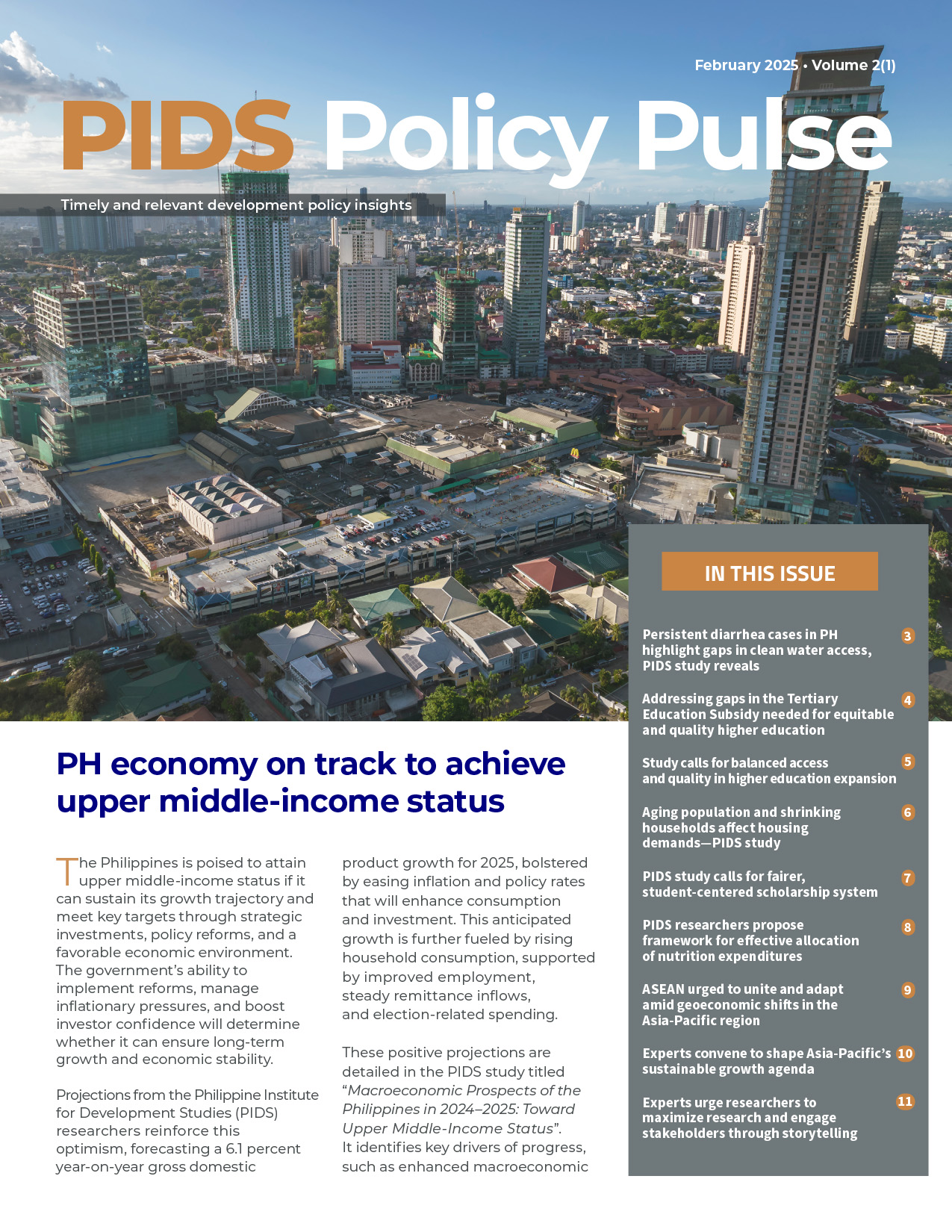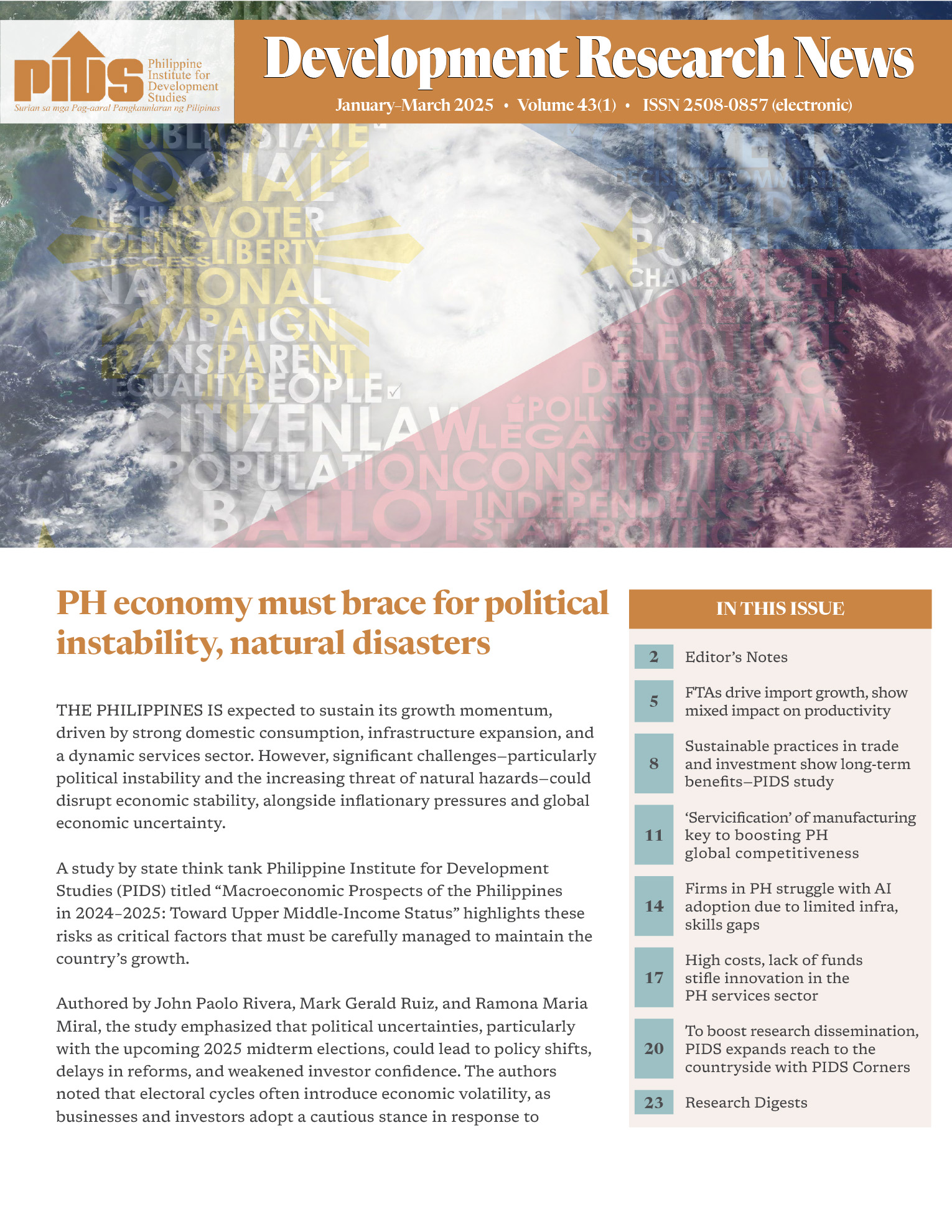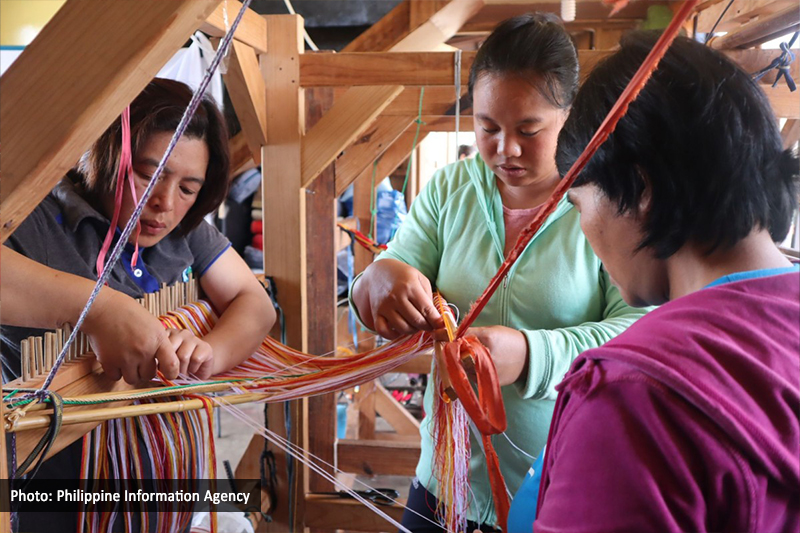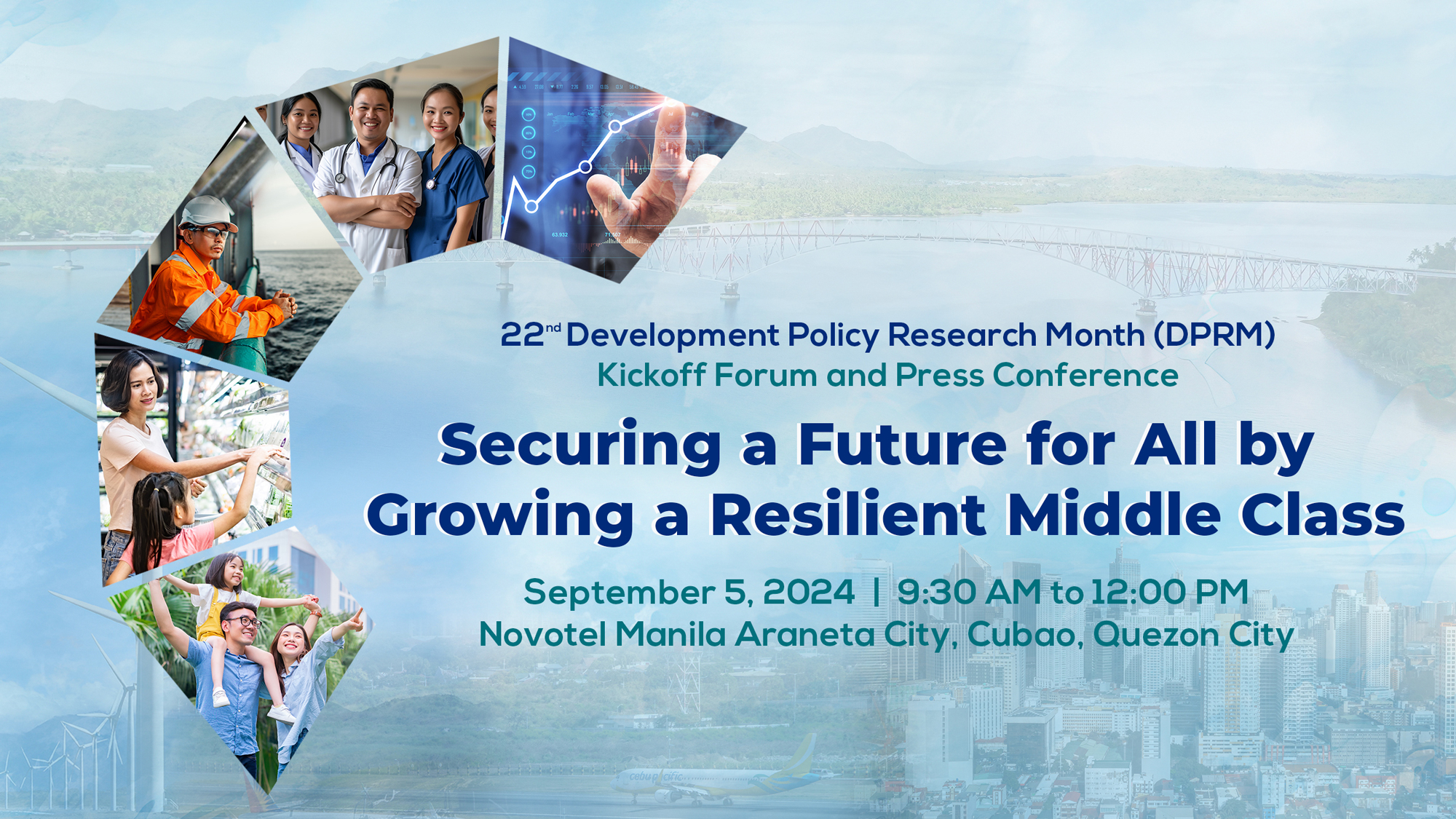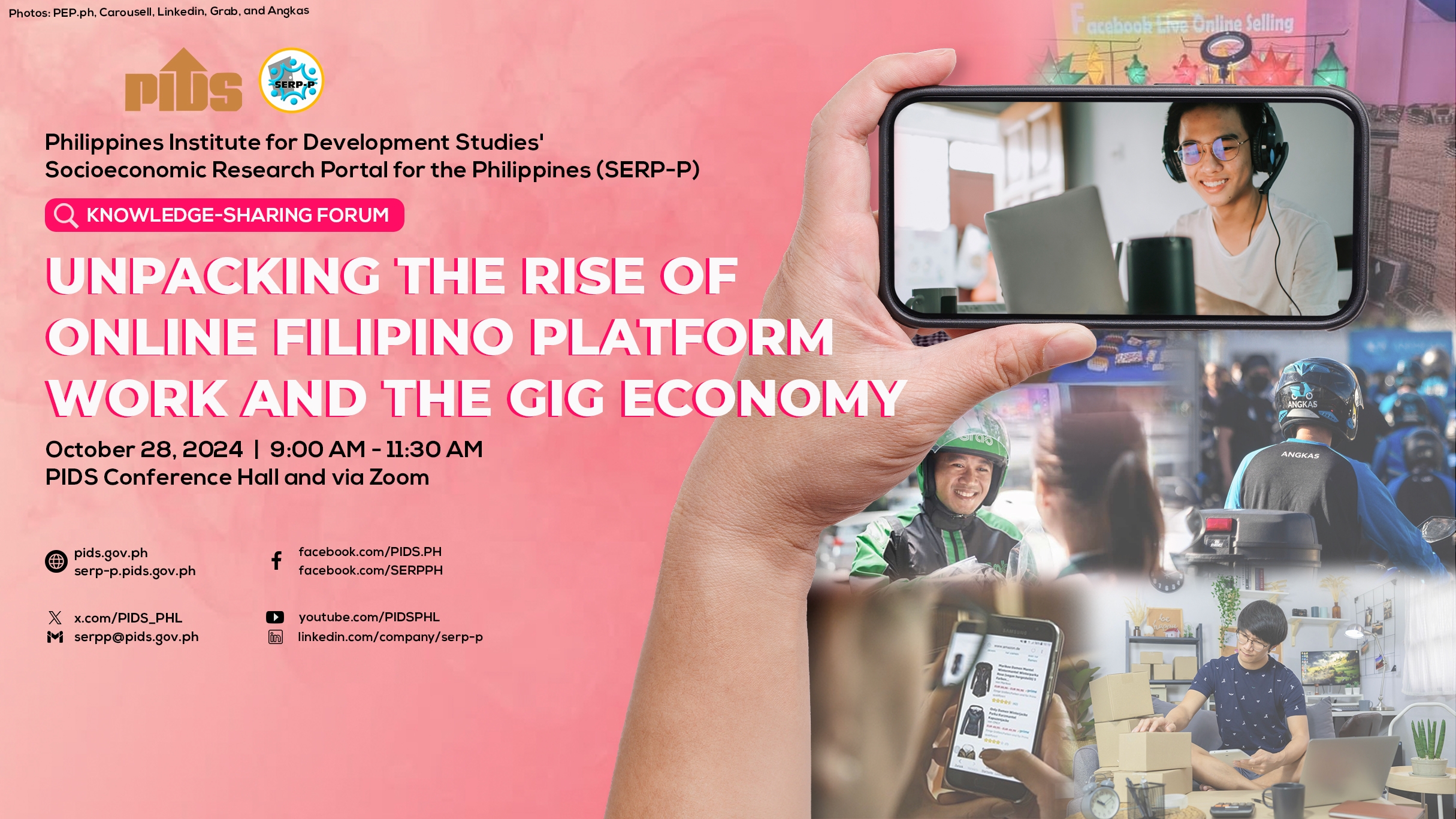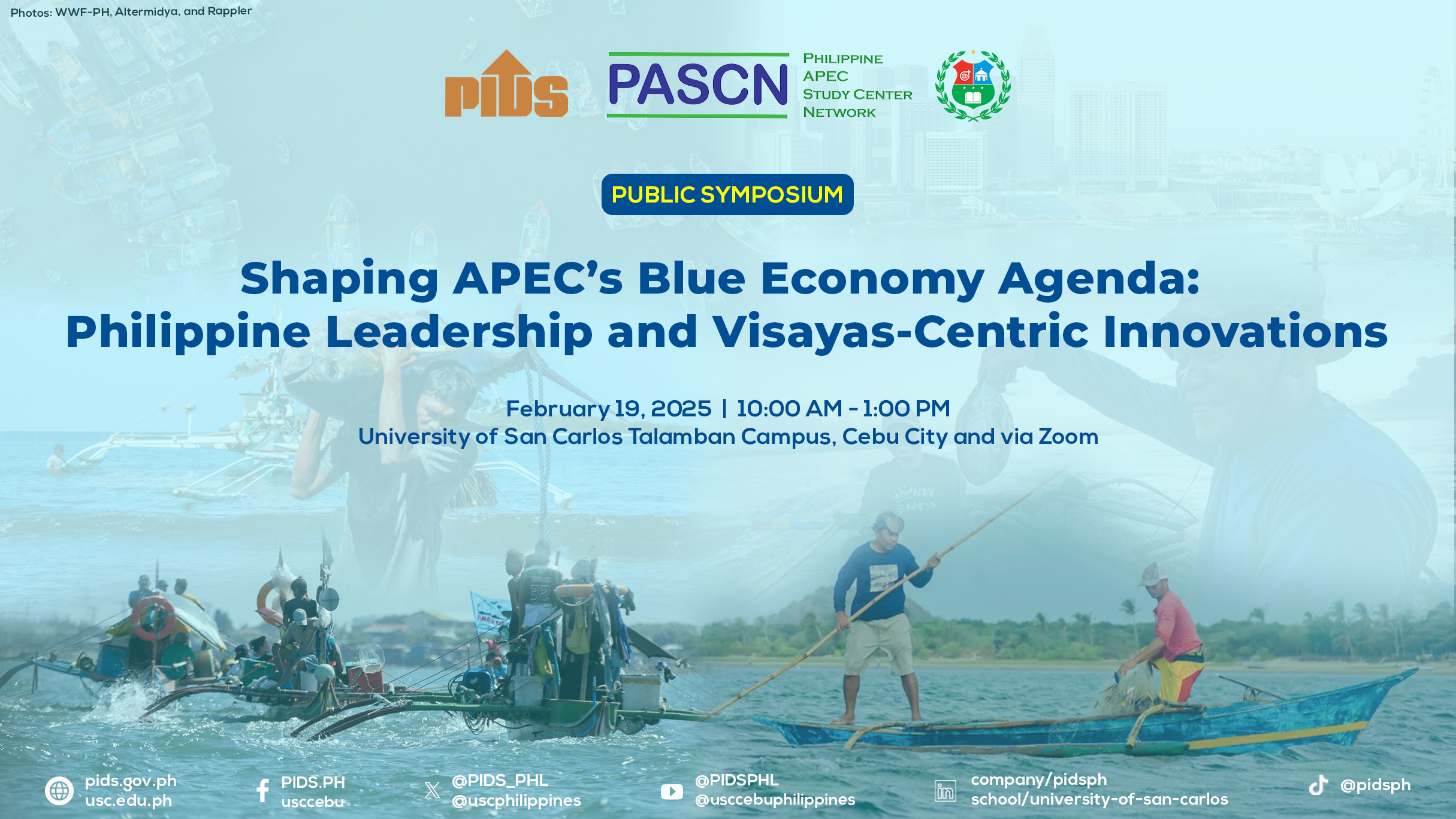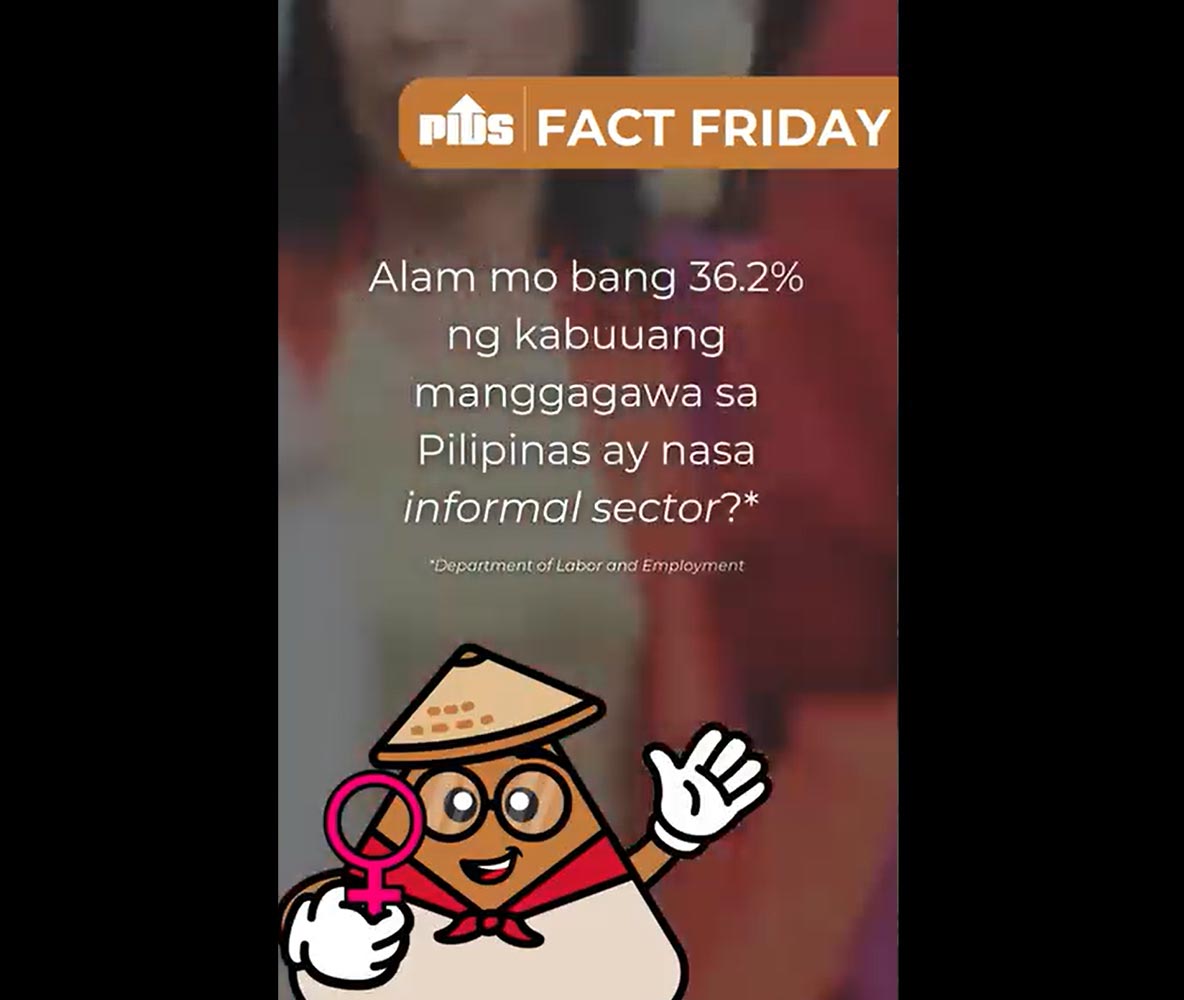The Philippines’ creative economy in 2024 expanded its gross value added to GDP by 8.7 percent to P1.94 trillion from P1.78 trillion in 2023, the Philippine Statistics Authority (PSA) reported on Thursday.
Gross value added is an output metric that measures the contribution of an entity, in this case, an industry sector, to an economy by calculating the value of goods and services produced, minus the cost of all inputs and raw materials used in production.
The creative sector accounted for 7.3 percent of the country’s gross domestic product (GDP) at last year’s current prices.
“The PSA’s report showing the creative economy’s growth is indeed encouraging. This 8.7 percent increase demonstrates the sector’s increasing significance,” Jose Ramon Albert, senior research fellow at the Philippine Institute for Development Studies (188ΜεΣύ) and former national chief statistician, said on Thursday.
“The rise in employment to 7.51 million further underscores its importance as a job creator,” Albert added.
Employment in creative industries rose to 7.51 million in 2024 from 7.23 million in 2023, indicating an annual increase of 3.9 percent, the PSA said.
The share of employment in creative industries to the total employment in the country was at 15.4 percent last year.
Among the creative industries, designing symbols and images and related activities accounted for the largest amount of output, valued at P640.29 billion or 33 percent of the total creative economy last year.
Symbols and images and related activities comprised manufacturing, rent and trade of symbols and images in textiles, garments, footwear, furniture, jewelry, fashion and accessory, and toys, the PSA said.
Advertising, research and development, and other artistic service activities accounted for 21.4 percent share of the total, while digital interactive goods and service activities accounted for 20.6 percent.
“To better leverage the creative economy for diversified economic growth and new wealth, the Philippines could focus on several strategic areas. The gaming and animation sectors present particularly promising opportunities,” said Albert, formerly the National Statistical Coordination Board secretary General before it was folded into the Philippine Statistics Authority.
International recognition
“Filipino talent in these fields has already gained international recognition, but there remains substantial room for growth,” he said.
“Developing specialized education programs that combine technical skills with creative thinking would help build a stronger pipeline of talents. Additionally, establishing creative hubs or districts throughout the country, not just in Metro Manila, could foster innovation and collaboration while distributing economic benefits more widely,” Albert added.
The creative economy’s rise and growing share to the GDP show its resilience and potential as a major driver of inclusiveness and growth for the national economy, said John Paolo Rivera, also a senior research fellow at 188ΜεΣύ.
Labor-intensive
“With the jobs it provides, it is clear that the creative industries are labor-intensive and offer opportunities not just for economic value but also for talent development and innovation,” Rivera said.
There is growing global demand for design, content creation, gaming and animation, highlighting the need for the Philippines to focus on digital transformation and skills development in these areas, he said.
Enhancing intellectual property rights, better infrastructure for creative hubs, and providing financial support for micro, small and medium enterprises and freelancers in the sector will also help level up creative enterprises in a highly competitive industry here and abroad.
This is a highly competitive globally market, and countries with more advanced digital ecosystems and stronger branding have the competitive advantage through highly trained human resources and advanced technology, Rivera said.
Strategic sector
“To remain competitive, the Philippines must treat the creative economy as a strategic sector, not just for cultural value but for its potential to contribute to exports, tourism and digital innovation,” Rivera added.
Albert also said that global competition poses the most immediate challenge.
“Countries across Southeast Asia and beyond are increasingly recognizing the value of creative industries and implementing supportive policies. The Philippines must continue to identify and develop its unique creative strengths to maintain competitive advantage in this environment,” Albert said.
“Technological disruption presents both opportunities and threats. Artificial intelligence, for instance, is transforming creative production processes across industries from game development to animation. Filipino creative professionals need support to adapt to these changes through continuous learning and upskilling programs,” he added.
What the Philippines must avoid, thus far, are the pitfalls of policy uncertainties that create unnecessary risks for the creative economy.
“The country‘s unique cultural heritage, combined with its young, digital-savvy population and strong English-language skills, provides competitive advantages that could be further developed with targeted support and investment.” Albert added.

